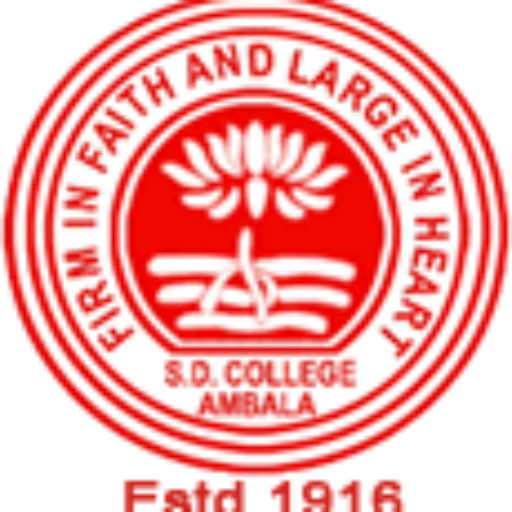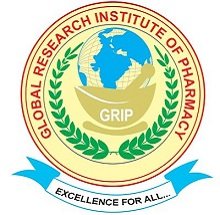

In this article, we explore the basics of descriptive statistics for data science analysis. Learn how to summarize and interpret data using measures of central tendency and dispersion, and discover the importance of descriptive
Data science is a rapidly growing field, and one of the key components of any data analysis is descriptive statistics. Descriptive statistics is the branch of statistics that deals with summarizing and describing data, and it plays a crucial role in the analysis and interpretation of large datasets. In this article, we'll explore the basics of descriptive statistics and how it can be used in data science analysis.statistics in the data analysis process.
What is Descriptive Statistics?
Descriptive statistics is the study of the characteristics of a set of data. It involves the use of mathematical and graphical tools to summarize and describe data. Descriptive statistics can be used to understand the distribution of data, the central tendency of data, and the variability of data.
Types of Descriptive Statistics
Descriptive statistics can be classified into two main types: measures of central tendency and measures of dispersion. Measures of central tendency provide information about the typical or average value of a dataset, while measures of dispersion describe the spread or variability of the data.
1.Measures of Central Tendency: Measures of central tendency describe where the center of the data is. Measures of central tendency are statistical measures used to describe the center or typical value of a dataset. The most commonly used measures of central tendency are the mean, median, and mode. The mean is calculated as the sum of all the data points divided by the total number of data points. The mode is the value that occurs most frequently in a set of data.
2.Measures of Dispersion: Measures of dispersion describe how spread out the data is. The most common measures of dispersion are the standard deviation and variance.Standard deviation is a statistical measure that quantifies the amount of variability or dispersion of the data from the mean value. It is calculated as the square root of the variance, which is the average of the squared differences between each data point and the mean.
3.Descriptive Statistics in Data Science: Descriptive statistics is a fundamental component of data science. It is used in the early stages of the data analysis process to gain an understanding of the dataset being analyzed. Descriptive statistics is used to explore data, clean data, and visualize data.
4.Data Exploration: Descriptive statistics is used to explore data. Exploring data involves looking at the characteristics of the data, such as its distribution, central tendency, and variability. Descriptive statistics can help identify potential problems with the data, such as outliers or missing values.
5.Data Cleaning: Data cleaning is an essential step in the data analysis process. Descriptive statistics is used to clean data by identifying outliers, removing missing values, and transforming variables.
6.Data Visualization:Data visualization refers to the presentation of data in a graphical or visual format. It allows for the representation of complex information and patterns in an easily digestible form, making it an effective tool for communication and analysis.Descriptive statistics is used to create visualizations that summarize and describe data. Data visualization is a powerful tool for communicating complex data to non-experts.
Common Descriptive Statistics Techniques
There are several common descriptive statistics techniques that are used in data science analysis.
1.Mean, Median, and Mode: The mean, median, and mode are measures of central tendency. The mean is the sum of all the data points divided by the number of data points. The median is the middle value of a set of data when the data is arranged in order. The mode is the value that occurs most frequently in a set of data.
2.Standard Deviation:The standard deviation is a measure of how far the data points are from the mean. It is calculated by taking the square root of the variance. The standard deviation is used to describe the spread of data.
3.Variance: Variance is a statistical measure that quantifies how much the data points in a dataset deviate from the mean value. It is calculated as the average of the squared differences between each data point and the mean. Variance is often used to describe the spread or variability of the data.
4.Skewness and Kurtosis: Skewness and kurtosis are measures of the shape of the distribution of data.Skewness and kurtosis are two statistical measures used to describe the shape of a probability distribution. Skewness quantifies the degree of asymmetry in the distribution, while kurtosis measures the degree of peakedness or flatness in the distribution.
Interpretation of Descriptive Statistics
Descriptive statistics can be used to interpret data in several ways.
1.Detecting Outliers: Descriptive statistics can be used to identify outliers in a dataset. Outliers are data points that are noticeably distinct from the majority of the other data points in a dataset. They can arise due to measurement errors, data processing issues, or natural variation in the data. Outliers can significantly affect the statistical analysis and interpretation of the data, and therefore should be carefully examined and handled appropriately.
2.Identifying Patterns and Trends: Descriptive statistics can be used to identify patterns and trends in a dataset. For example, a histogram can be used to identify the distribution of data, while a scatterplot can be used to identify relationships between variables.
Limitations of Descriptive Statistics
Descriptive statistics has several limitations. It cannot be used to make inferences about a population, and it cannot be used to test hypotheses. Descriptive statistics is also limited by the quality of the data being analyzed. If the data is biased or incomplete, the results of the analysis may be inaccurate.
Conclusion
Descriptive statistics is an essential tool for data science analysis. It provides a way to summarize and describe data, and it can be used to identify patterns and trends in large datasets. Descriptive statistics is used in the early stages of the data analysis process to explore data, clean data, and visualize data. It is also used to interpret data and compare datasets. While descriptive statistics has some limitations, it remains a fundamental component of data science analysis.
FREQUENTLY ASKED QUESTIONS (FAQs)
Q. What is descriptive statistics?
A. Descriptive statistics is the study of the characteristics of a set of data. It involves the use of mathematical and graphical tools to summarize and describe data.
Q. What are the types of descriptive statistics?
A. There are two types of descriptive statistics: measures of central tendency and measures of dispersion.
Q. How is descriptive statistics used in data science?
A. Descriptive statistics is used in data science to explore data, clean data, and visualize data. It is also used to interpret data and compare datasets.
Q. What are the limitations of descriptive statistics?
A. Descriptive statistics cannot be used to make inferences about a population, and it cannot be used to test hypotheses. It is also limited by the quality of the data being analyzed.




















































